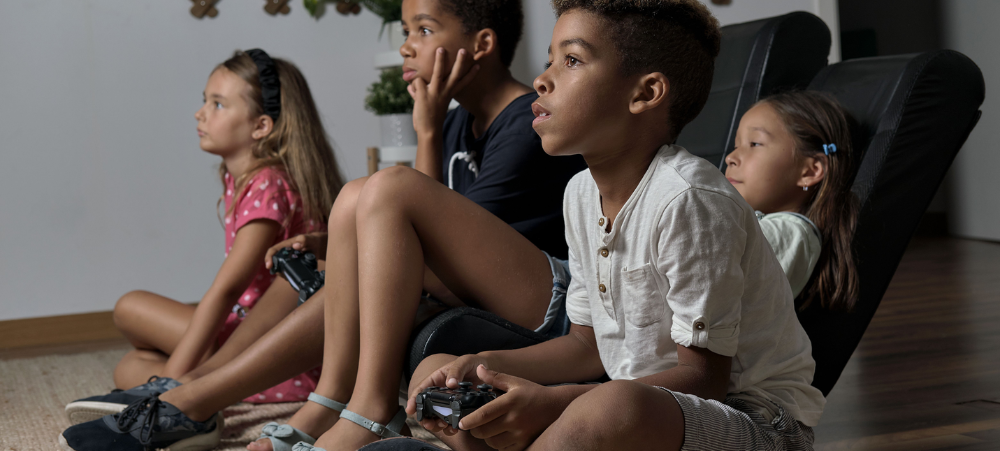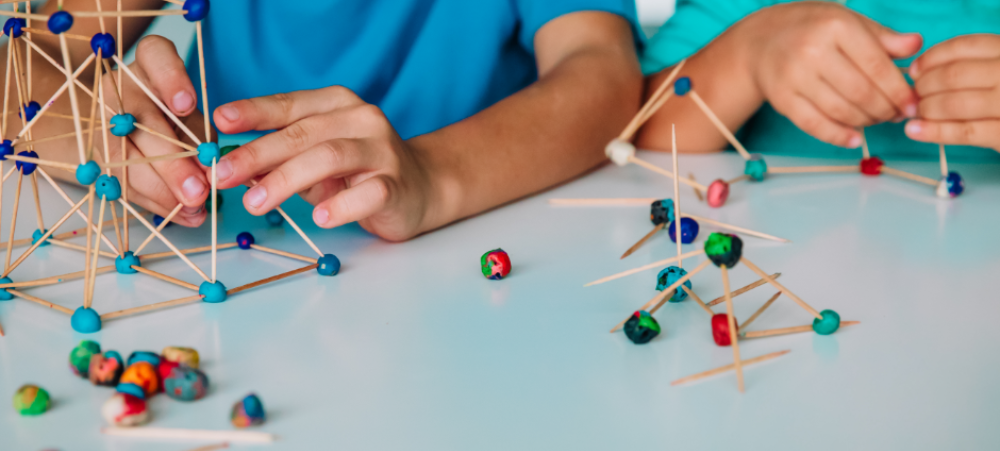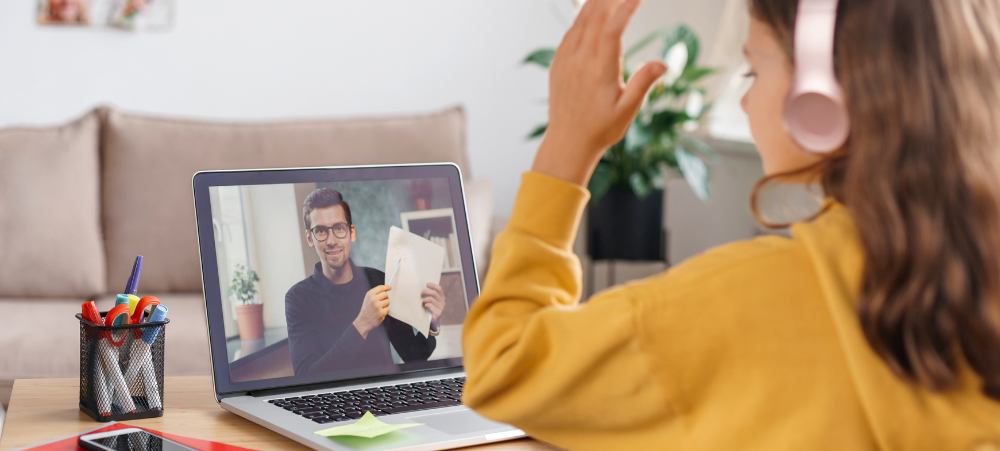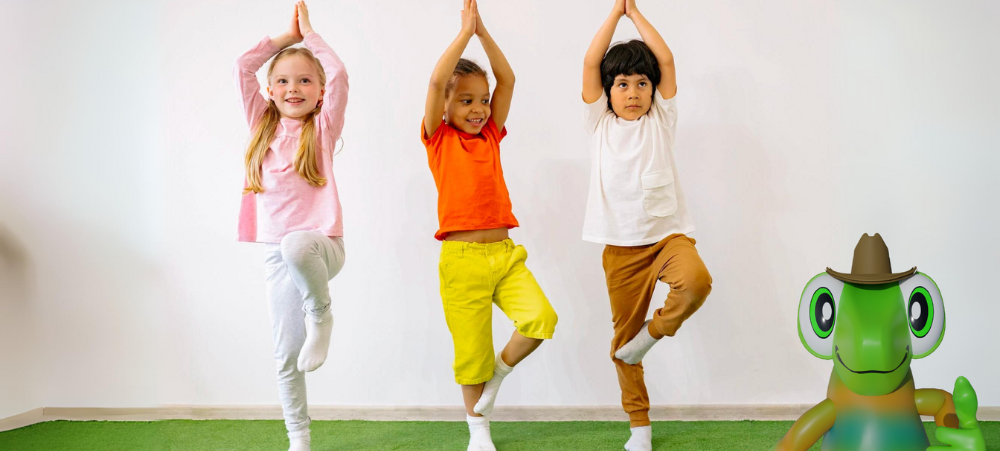Takeaways: Meta has worked with the National Center for Missing & Exploited Children (NCMEC) to expand Take It Down to more countries and languages, allowing millions more teens to take control of their intimate imagery. Meta has also partnered with Thorn to update our Stop Sextortion hub, offering new tips and resources for teens, parents and teachers on how to prevent and handle sextortion. Meta is supporting safety organizations and creators around the world to help raise awareness of sextortion scams and what teens and parents can do to take back control. Having a personal intimate image shared with others can be devastating, especially for young people. It can feel even worse when someone threatens to share it if you don’t give them more photos, sexual contact or money — a crime known as sextortion. That’s why, this Safer Internet Day, we’re announcing new efforts to help combat this kind of criminal activity. These include giving more teens control over their intimate images, helping teens — and their parents and teachers — feel better equipped against those trying to exploit them, and supporting creators and safety organizations around the world as part of a global campaign to raise awareness of sextortion. Expanding Take It Down to More Languages and Countries Take It Down is a program from NCMEC, supported by Meta, which is designed to help teens take back control of their intimate images and help prevent people — whether it’s scammers, ex-partners, or anyone else — from spreading them online. First launched last year in English and Spanish, Meta and NCMEC are now expanding the platform to many more countries and languages, making it accessible to millions more teens around the world. There are several ways people can use Take It Down to find and remove intimate imagery, or help prevent people sharing them in the first place: Young people under 18 who are worried their content has been, or may be, posted online Parents or trusted adults on behalf of a young person Adults who are concerned about images taken of them when they were under 18 Take It Down was designed to respect young people’s privacy and data security. To start the process, people can go to TakeItDown.NCMEC.org and follow the instructions to assign a unique hash — a digital fingerprint in the form of a numerical code — to their image or video, privately and securely from their own device. Teens only need to submit the hash, rather than the intimate image or video itself, which never leaves their device. Once the hash has been submitted to NCMEC, companies like Meta can find copies of the image, take them down and help prevent anyone who’s threatening them from posting them in the future. “Making Take it Down available in 25 languages is a pivotal step towards safeguarding children from the horrors of online exploitation all over the world,” said John Shehan, a Senior Vice President with the National Center for Missing & Exploited Children. “We aspire to ensure that every child, regardless of language or location, has the opportunity to reclaim their dignity and privacy by having their illicit content removed from participating platforms.” Take It Down builds off of the success of platforms like StopNCII, which helps prevent those seeking to exploit people from sharing adults’ intimate images online. New Resources for Teens, Parents and Teachers to Help Prevent Sextortion These moments can be upsetting and isolating, especially for young people, who may feel too scared to ask for help. That’s why we’ve worked with Thorn, a nonprofit that builds technology to defend children from sexual abuse, to develop updated guidance for teens on how to take back control if someone is sextorting them. It also includes advice for parents and teachers on how to support their teens or students if they’re affected by these scams. The new resources can be found in our updated Sextortion hub within Meta’s Safety Center. Kelbi Schnabel, Senior Manager at Thorn, said: “Our work with Meta to provide targeted, robust sextortion resources has helped Thorn significantly enhance our efforts in combating sextortion. Our joint initiative is already empowering parents and teens to understand the risks and take action, which is a testament to the power of collaborative action in tackling complex challenges like sextortion. The result of our collaboration underscores the importance of accessible, comprehensive resources in the digital era.” To help make sure teens and parents everywhere know about these scammers and what they can do to avoid them, Meta is launching a global campaign, supporting safety organizations and working with incredible creators around the world to help raise awareness. Our Work to Help Protect Teens From Sextortion On Our Apps Today’s updates build on the work we already do to help young people know there are steps they can take if someone has shared, or is threatening to share, their intimate images. We show Safety Notices to people on Instagram when they’re messaging someone who has shown potentially scammy or suspicious behavior. These Safety Notices urge people to be cautious, encourage them to report any account that threatens to share their private images, and remind them that they can say no to anything that makes them feel uncomfortable. We also direct teens to Take It Down at relevant moments when using Facebook and Instagram, such as if they report someone for sharing their private images, for nudity, or for sexual exploitation. And we work to help protect teens from unwanted contact in the first place. We default teens under 16 (and under 18 in certain countries) into private Instagram accounts when they sign up, which hides their follower and following lists, and we restrict adults over 19 from messaging minors who don’t follow them. Last month, we announced stricter default message settings, meaning teens under 16 (and under 18 in certain countries) won’t receive messages from anyone they don’t follow or aren’t already connected to, providing more protection against potential scammers.



































